By MWIS Ambassador, Iona Pawson:
1 - Make your own emoji weather forecast
That sounds terribly modern and complicated, but an emoji weather forecast is a simple, fun way to interpret various parts of the forecast, and consider it’s impacts on your day. MWIS breaks the forecast down into convenient chunks of information, for example, How Windy? Cloud on the hills? Beside each section draw a smiley, unsure, or sad face.

Happy days, I don’t need to worry about this. E.g. wind speeds are less than 20mph, it is going to be sunny all day, there will be no precipitation.


One sad face on it’s own, does not mean ‘don’t
go out into the mountains’, however, one or more sad faces, or lots of unsure
faces are a good indicator that you need to take the weather into account.
2 - Predict what the weather will be like on various parts of your journey
Take a few minutes to really think about how the weather will change throughout your journey. Where will the wind be the strongest? Will you be walking uphill in the heat of the day, or into the wind and rain? What time is the visibility changing and where will you be?
3 - Consider the planning triangle of weather, terrain and equipment
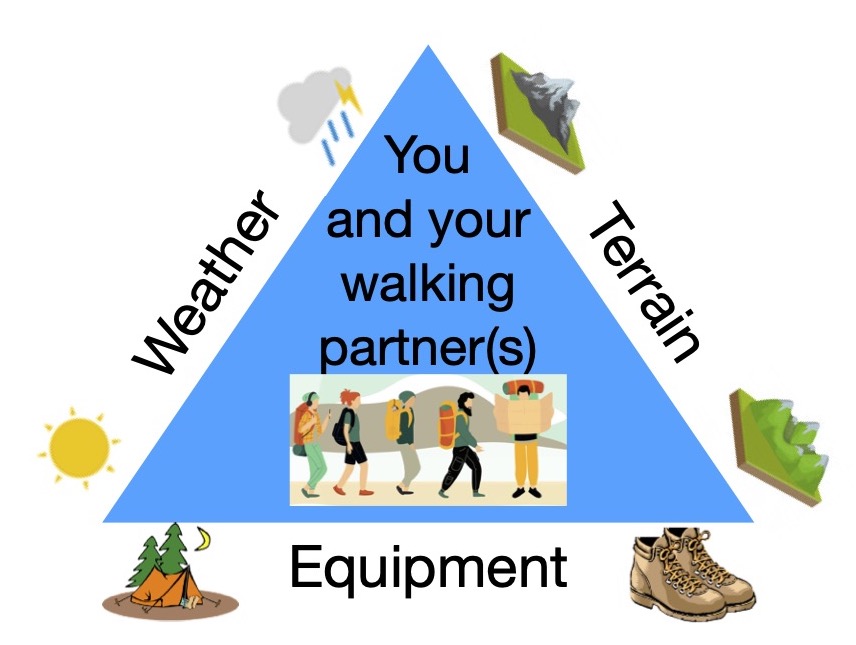
The weather will always impact you and your group, what equipment you carry and the terrain you visit. Upon completing your emoji chart, is your route choice still a good plan for your group and equipment on that day? What are your alternatives? Where might you be able to ‘get out of the weather’ for a break on your journey, be it the hot sun, a blizzard or driving rain?
4 - Reflect on the weather at the end of your mountain journey
This is arguably the most important part of your day, and where you can learn the most. It’s one thing to experience the weather in the hills, good or bad, but it’s another to ask why it was like that, and what impact it had on my day. Reconsider your planning triangle. What went well? What would you do differently next time? What would you do with a different group, different equipment, different forecast?
5 - Apply and share what you learnt with other people
Chat about the weather and it’s impact on your day with your group, or with other people if you were solo. What would they do? What did they do on that day (if they went out)? Can you talk through what you did and why with other people, teach your friends, family, club members etc…?

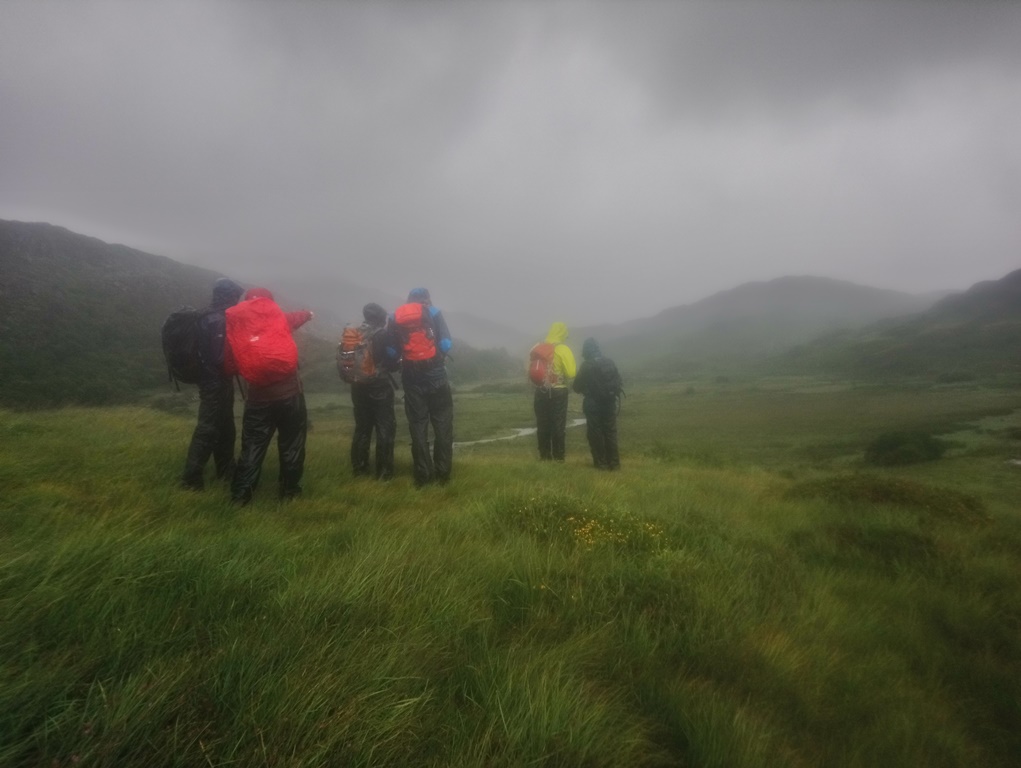
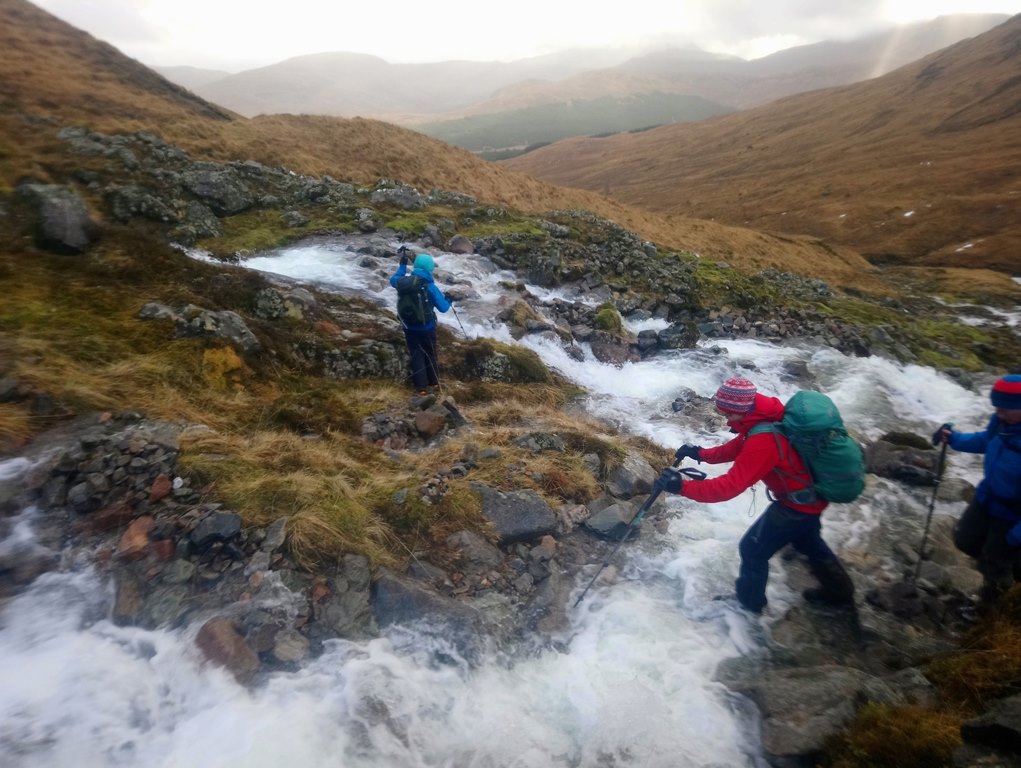
High rainfall or snowmelt can make stream crossings more dangerous
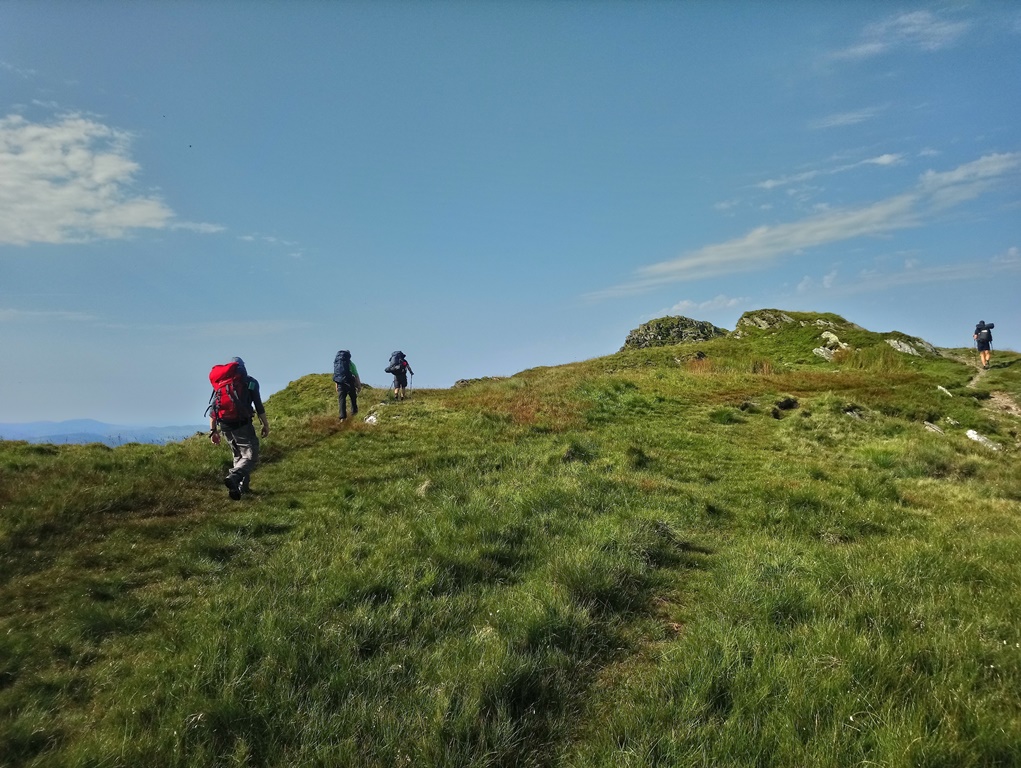
On the summit before 10am to avoid the hot summer sun
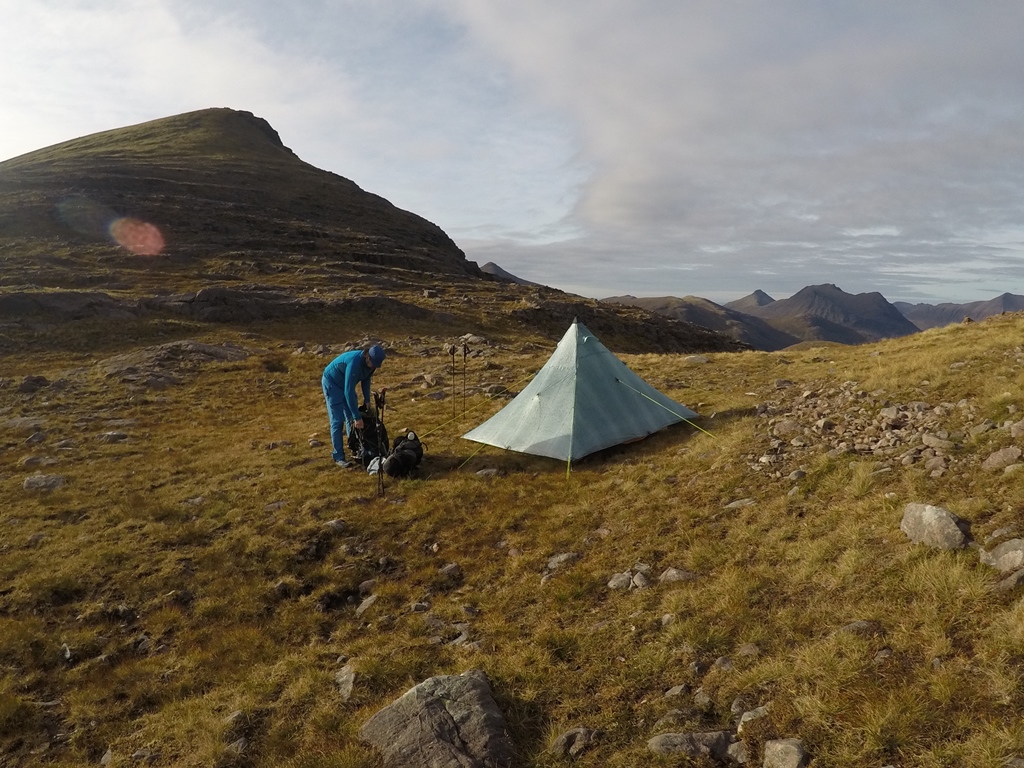
Pitching a tent in a col gives you fabulous views but leaves you open to all the weather
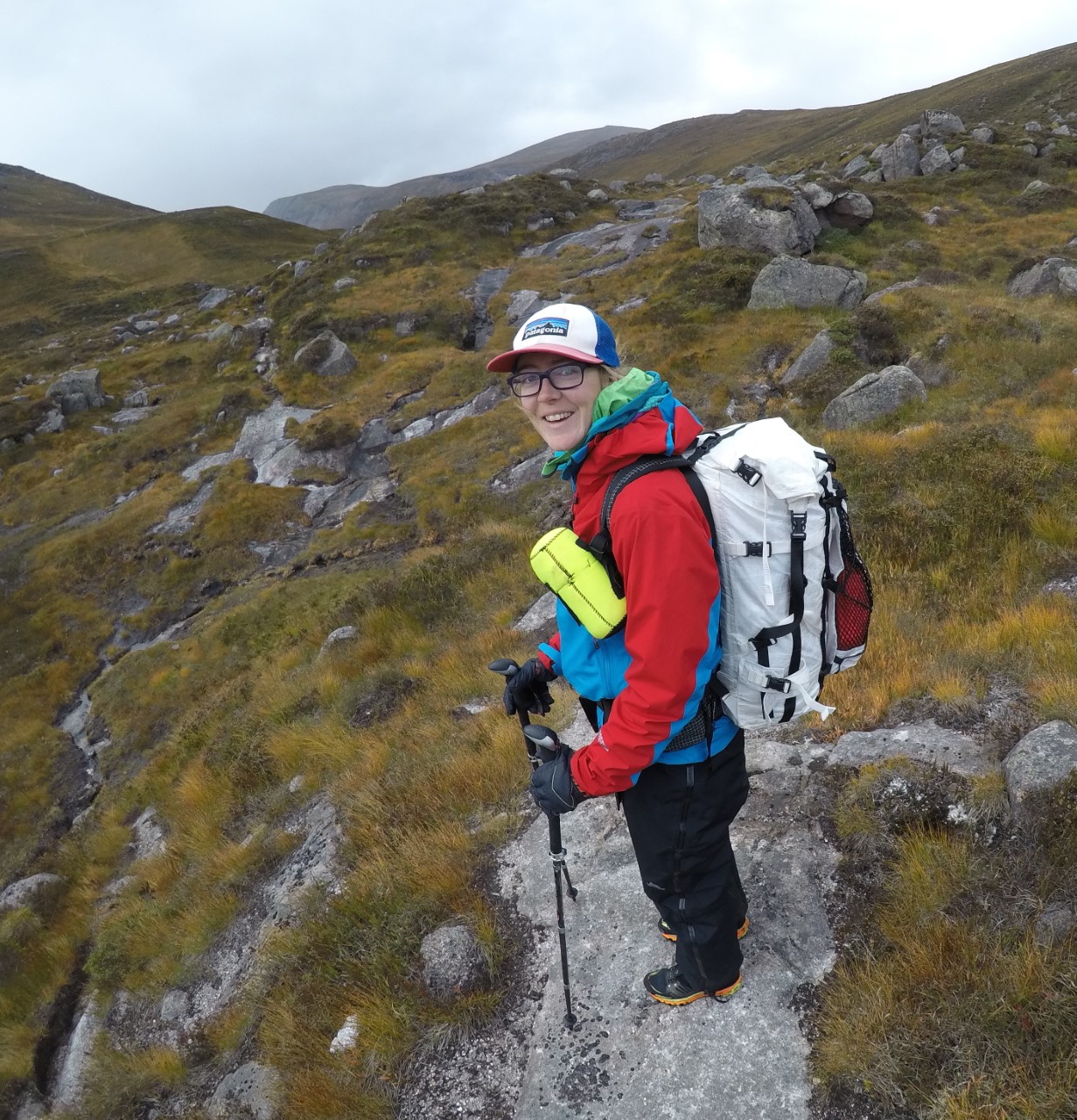
About Iona Pawson
Iona spends a vast proportion of her time either in the weather or reading about it! Professionally she's an outdoor instructor in the mountaineering department at Plas Y Brenin, the National Outdoor Centre, and freelances for a number of other companies. Personally, Iona loves mountain running, ski mountaineering and gardening.

